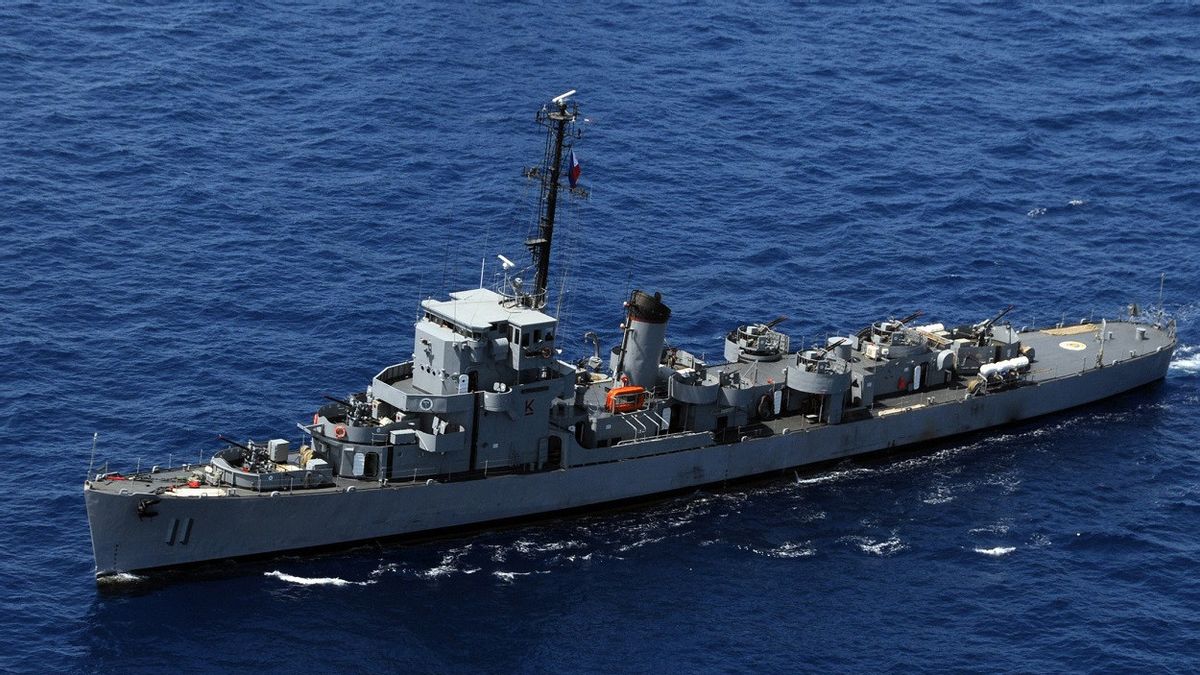JAKARTA - Philippine President Ferdinand Marcos Jr. has agreed to a third phase of military modernization, which includes the purchase of the country's first submarine, to defend its maritime sovereignty in the disputed South China Sea.
Navy spokesperson for the West Philippine Sea Roy Trinidad said on Thursday that the third phase of modernization reflects a strategic shift from internal defense to external defense.
"We may not have a big navy but we will have a navy that will protect our territorial rights and sovereignty," said Trinidad, reported by Reuters, February 1.
The third phase of the modernization plan, which is undergoing revisions to better suit the country's needs, is estimated to cost 2 trillion pesos (35.62 billion U.S. dollars) and will be implemented over several years, Trinidad said.
This announcement comes amid increasing tensions with China regarding territorial disputes in the South China Sea. Manila calls the part of the South China Sea that falls within its exclusive economic zone the West Philippine Sea.
Trinidad couldn't immediately say how many submarines the Philippines wanted to acquire, but he said, "certainly more than one."
France, Spain, Korea and Italy have shown interest in supplying submarines to the Philippines, he said.
While the first and second phases of the military modernization plan are "land-centric," Trinidad said, the third phase will seek, among other things, to increase military capabilities in the West Philippine Sea.
Separately, Defense Minister Gilberto Teodoro said last month that acquisitions under the third phase would focus on a range of capabilities, ranging from domain awareness, intelligence, deterrence capabilities in maritime and airspace.
BACA JUGA:
It is known that Beijing and Manila have exchanged sharp accusations in recent months over a series of disputes in the South China Sea, where each country has overlapping sovereignty claims, including accusations that China in December rammed a ship carrying the chief of staff of the Philippine armed forces.
China claims most of the South China Sea, parts of which are also claimed by the Philippines, Brunei, Malaysia, Taiwan, Vietnam and Indonesia. An international court in 2016 overturned China's claims in a ruling on a case brought by the Philippines, but rejected by Beijing.
The English, Chinese, Japanese, Arabic, and French versions are automatically generated by the AI. So there may still be inaccuracies in translating, please always see Indonesian as our main language. (system supported by DigitalSiber.id)


















